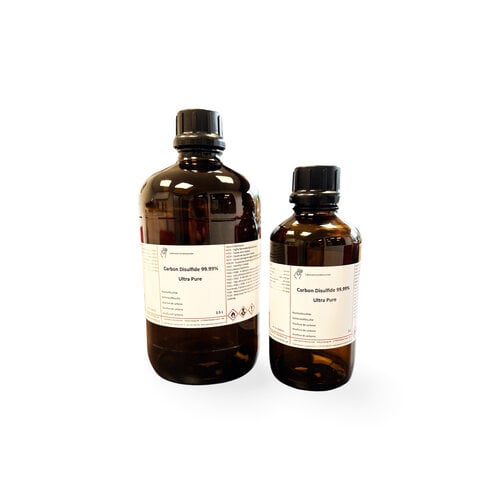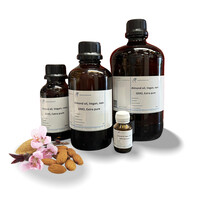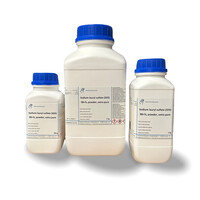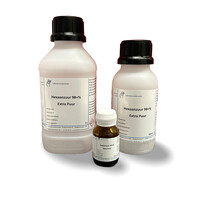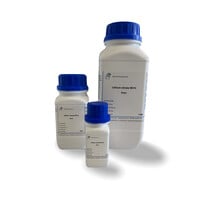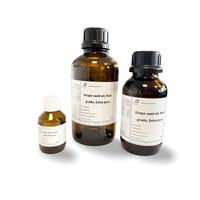You have no items in your shopping cart
Carbon Disulfide 99.99% Ultra Pure
What is Carbon Disulfide?
Carbon disulfide (CS₂) is a colorless, volatile liquid with a strong odor reminiscent of ether. It is a chemical compound consisting of one carbon atom and two sulfur atoms. Carbon disulfide is widely used in the industrial sector due to its solubility properties.
Chemical Properties of Carbon Disulfide
- Molecular formula: CS₂
- Molar mass: 76.14 g/mol
- Melting point: -111.5 °C
- Boiling point: 46.3 °C
- CAS: 75-15-0
Applications of Carbon Disulfide
- Solvent: Carbon disulfide is often used as a solvent for fats, resins, rubbers, and sulfur.
- Synthesis of Chemicals: It plays a crucial role in the production of viscose rayon and cellophane. It is also used in the synthesis of chemical compounds such as xanthates, which are used in mining.
Health and Environmental Aspects
- Health: Carbon disulfide is toxic and can cause various health problems upon exposure, such as headaches, dizziness, and nerve damage. Prolonged exposure can have more severe consequences, such as damage to the heart and nervous system.
- Environment: It is a volatile organic compound that contributes to air pollution and can have negative effects on the environment.
Safety Measures
When working with carbon disulfide, various precautions are necessary to ensure safety:
- Use personal protective equipment such as gloves and safety glasses.
- Work in well-ventilated areas or use exhaust systems to remove vapors.
- Store in well-sealed containers to minimize evaporation and leaks.



Hazard Statements
H225 - Highly flammable liquid and vapor
H315 - Causes skin irritation
H319 - Causes serious eye irritation
H372 - Causes damage to organs through prolonged or repeated exposure
H361fd - Suspected of damaging fertility. Suspected of damaging the unborn child
H332 - Harmful if inhaled
Precautionary Statements
P304 + P340 - IF INHALED: Remove person to fresh air and keep comfortable for breathing
P312 - Call a POISON CENTER or doctor if you feel unwell
P302 + P352 - IF ON SKIN: Wash with plenty of soap and water
P362 - Take off contaminated clothing and wash before reuse
P305 + P351 + P338 - IF IN EYES: Rinse cautiously with water for several minutes. Remove contact lenses, if present andeasy to do. Continue rinsing
P280 - Wear protective gloves/protective clothing/eye protection/face protection
P210 - Keep away from heat, hot surfaces, sparks, open flames and other ignition sources. No smoking

